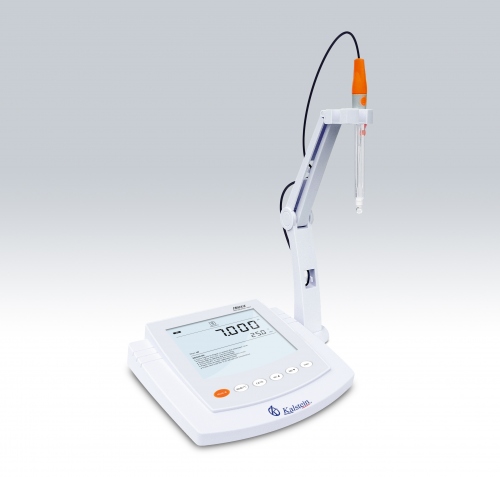An oxygen concentrator is an electrically operated medical device that acts as a reliable and efficient supplemental source of oxygen. This equipment works by separating the oxygen from the ambient air, and collecting it in a tank, from where it is released through a tube to administer to the patient in a percentage of 90 to 95%, which allows you to have a high purity oxygen supplement.
Although the concentrator filters the oxygen in the room, it does not affect the normal amount of oxygen in your room. The concentrator uses a filter that retains the oxygen and expels the rest of the air, moistens it and sends it to the patient, appropriately, according to their requirements. In general, it allows the generation of oxygen at a rate of 5 liters per minute. In the end, the result is therapeutic oxygen in an almost pure concentration (93%).
What is an oxygen concentrator used for?
These devices are typically used as stationary sources to provide long-term oxygen therapy to patients at home. They are also used in hospitals as an inexpensive method of supplying low-flow, low-pressure oxygen when high-pressure oxygen is not required or available (compressed oxygen cylinders or liquid oxygen tanks).
The oxygen concentrators are manufactured with capacities of 3, 5, 8 and 10 L / min, depending on the model. Assessment of oxygen needs is essential to determine the maximum flow that an oxygen concentrator should deliver.
What are the advantages of an oxygen concentrator?
It is a portable device, which requires little energy and is suitable for any space, clean and dry. For maintenance, it is sufficient to periodically wash the humidifier container. Having distilled water to humidify the oxygen is enough.
Technical specifications of an oxygen concentrator
- The concentrator must deliver an oxygen concentration of at least 90% throughout the range of flow settings.
- It must be equipped with at least one integrated flow meter with flow rate control.
- You must have an oxygen monitor or analyzer to monitor the amount of oxygen produced and alert when the concentration drops below the therapeutic range.
- It must incorporate coarse particle filters in the air inlet to prevent dust and dirt from entering the device.
- Must incorporate alarms to warn of power outages, dirty filters,
- pressure fluctuations and other system failures.
- It should be supplied together with a user manual that is appropriate and describes the detailed steps of the process.
Where should an oxygen concentrator be located?
Preferably in the place where the patient spends most of his time. It should be a dry, well-ventilated area, in which it does not receive direct sunlight or, in the event of rain, it can be affected by splashes or humidity. It must be separated at least 15 cm from any surface such as wall or furniture. It should be away from any hot surfaces or heat sources, such as motors, hot air vents, heaters of any kind.
At Kalstein we are MANUFACTURERS and we offer you innovative oxygen concentrators at the best PRICES on the market. That is why we invite you to take a look at the Products menu. HERE


